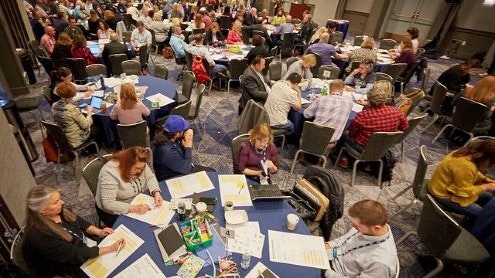Homepage
•
Learning Library
•
Blog
•
Embed the learning sciences into professional learning
Expand breadcrumbs
Expand breadcrumbs
- Learning Library
- Blog
- Embed the learning sciences into professional learning
- Homepage
- •
- Learning Library
- •
- Blog
- •
- Embed the learning sciences into professional learning
Embed the learning sciences into professional learning
By Maureen Corio, Carrie Crawford and Kent Wetzel
June 5, 2019








